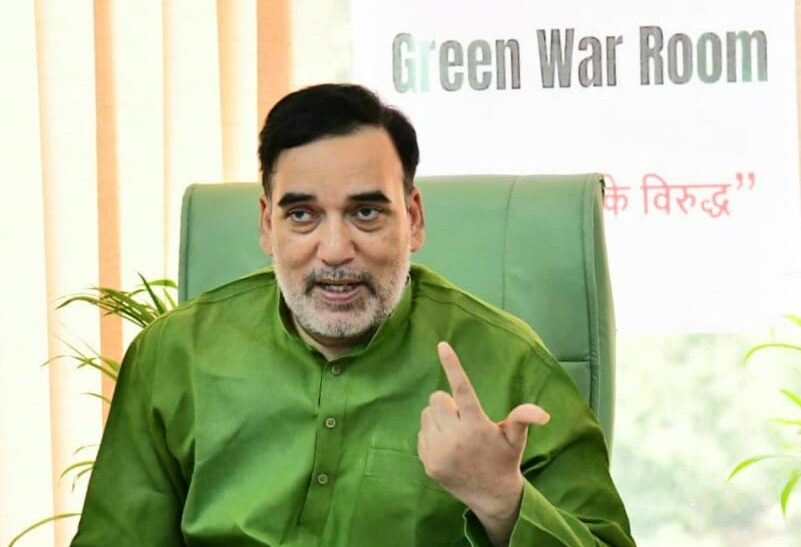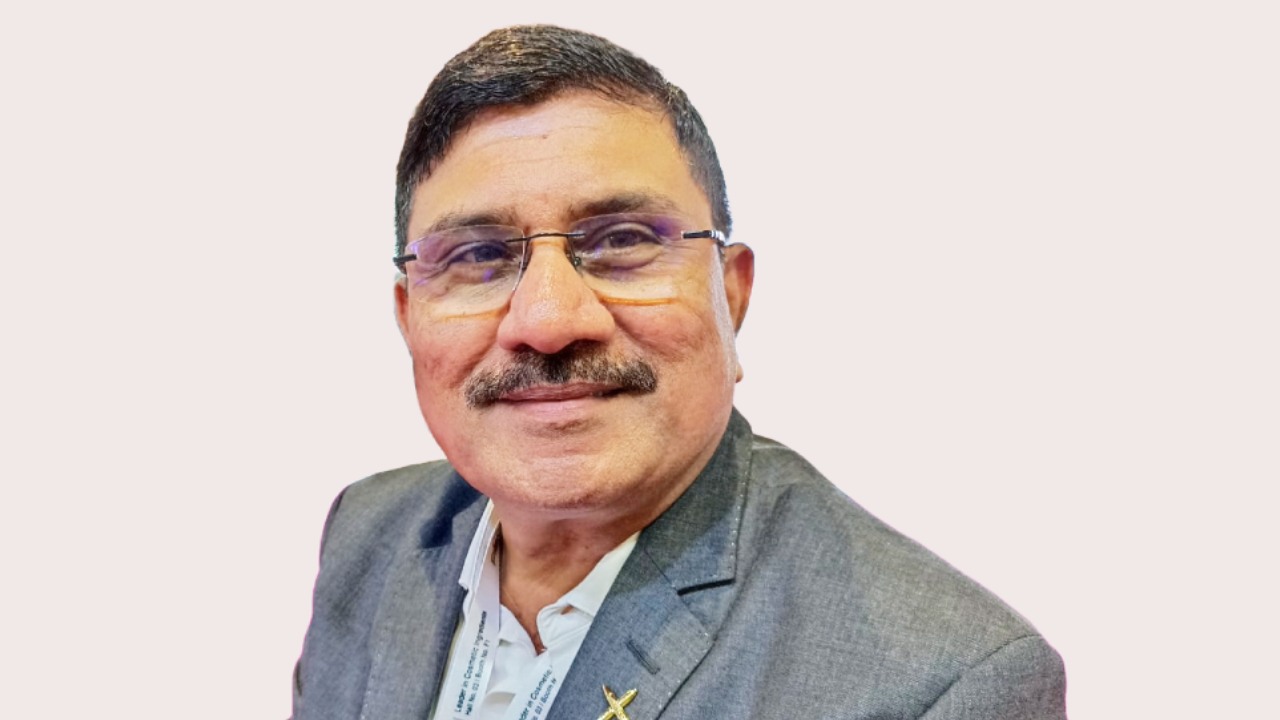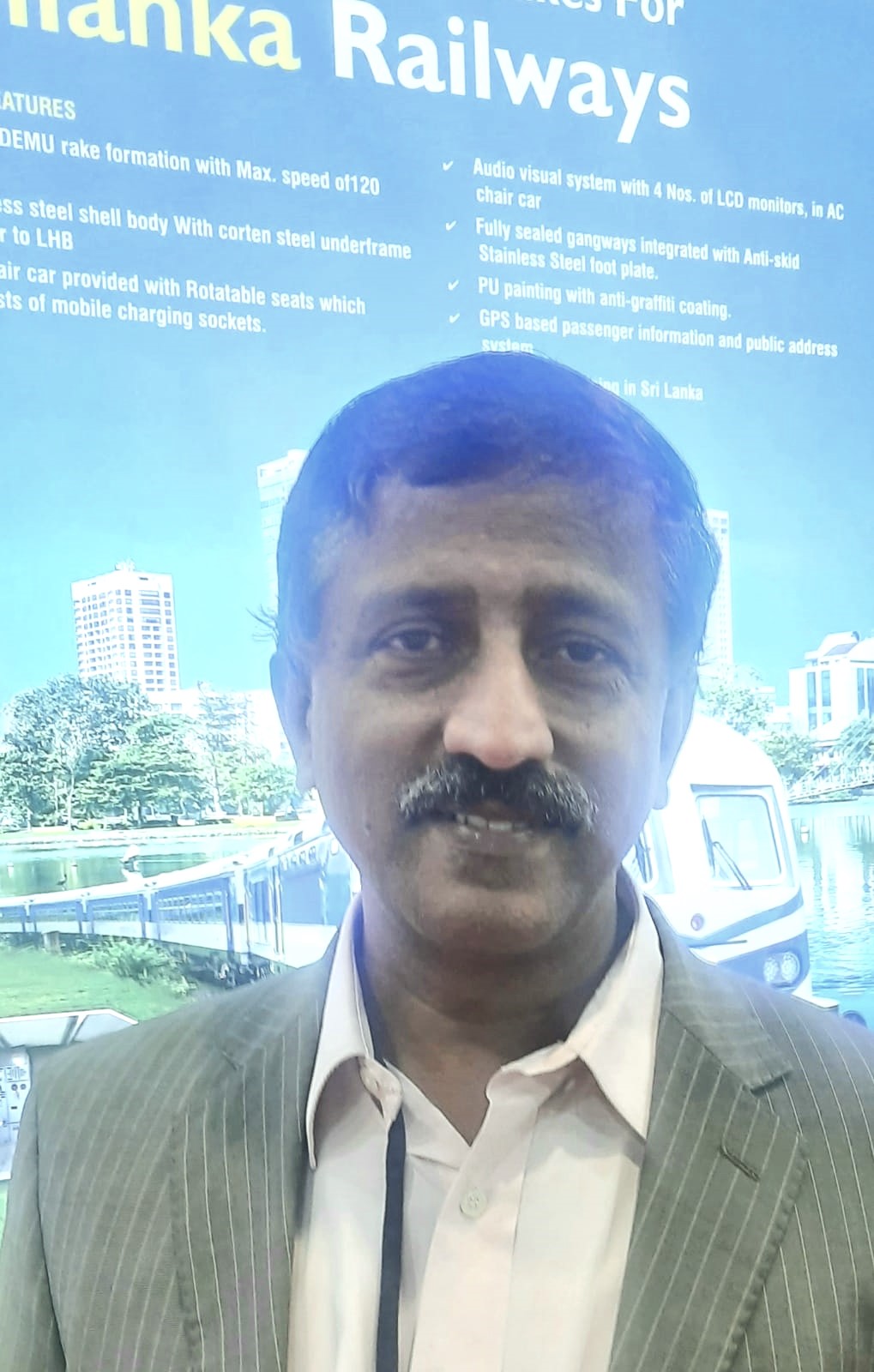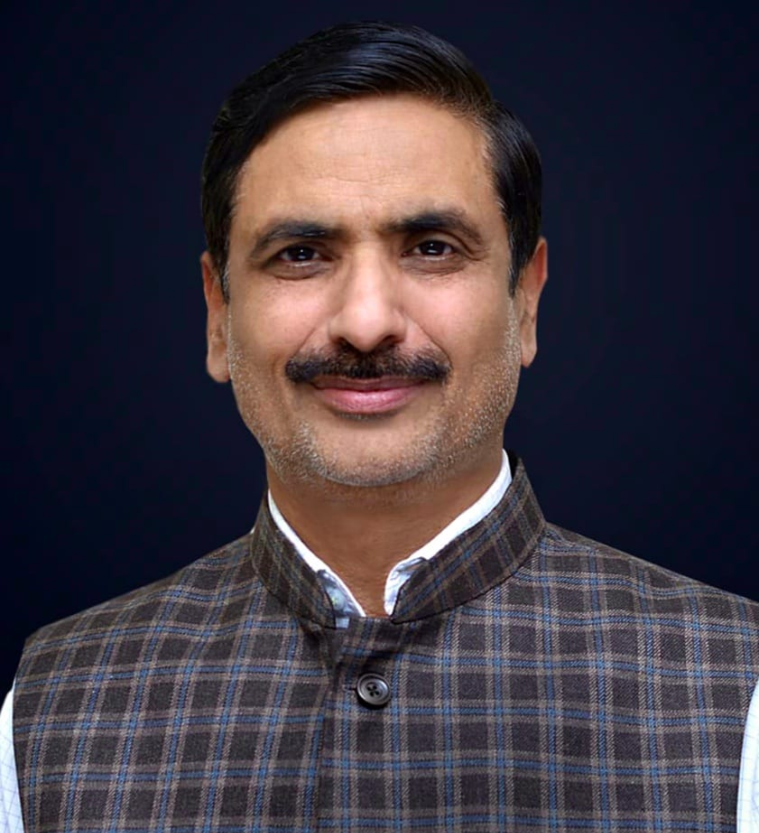The Delhi government has taken a decisive step in the fight against air pollution with the introduction of a comprehensive 15-point action plan, specifically designed to mitigate the problem during the winter season. This strategic plan places a strong emphasis on combating dust pollution, reducing vehicular emissions, and putting a halt to the open burning of garbage. This underscores the government’s unwavering dedication to controlling pollution in the capital.
During the launch of the “Green War Room” and the unveiling of a dedicated mobile Green Delhi app, Gopal Rai, Delhi’s Environment Minister, engaged in an enlightening conversation with The Interview World. In this discussion, he elucidated a multitude of measures aimed at enhancing air quality, highlighting the government’s proactive stance in improving Delhi’s air quality. Efforts of the Delhi government were resulting in the reduction of pollution levels by around 30% in 2022 compared to 2016.
Q: Could you provide an overview of the “Green War Room”?
A: The “Green War Room,” established by the Delhi government to oversee air pollution monitoring and complaint resolution, has transitioned to round-the-clock operations with an expanded team of analysts and experts. The Green War Room is equipped with state-of-the-art air quality monitoring technology and staffed by a team of specialists, including scientists and data analysts. Its primary mission is to vigilantly monitor all factors contributing to air pollution in Delhi and collaborate with city authorities to execute the action plan effectively. Dr. Nandita Moitra, an environmental scientist, has been appointed as the head of the Green War Room, with a 17-member team working to address complaints received through the Green Delhi App and ensure their implementation in coordination with other departments.
Q: Can you delve into the sources of air pollution in Delhi?
A: Understanding the complexity of the situation in Delhi is crucial. The Centre for Science and Environment has conducted an analysis of pollution sources in Delhi. According to their report, internal sources, those originating within Delhi, account for 31% of pollution, while external sources, stemming from the surrounding states, contribute a substantial 69%. This is why the Green War Room remains vigilant and actively engaged.
Q: What sustainable methods can be employed to curb pollution?
A: Employing sustainable practices in transportation, energy consumption, waste management, and daily habits can collectively exert a significant impact on reducing pollution. Individuals can contribute by adopting eco-friendly practices, reducing their personal pollution emissions, and advocating for policies that target pollution control. By uniting our efforts, we can make substantial progress in enhancing air quality, creating a cleaner, healthier, and more sustainable city. Importantly, addressing pollution not only leads to improved air quality but also yields far-reaching benefits, such as better public health, an enhanced quality of life, and a more sustainable future for generations to come.
Q: What role do you envision for the public in the fight against pollution?
A: I passionately urge the citizens of Delhi to actively participate in and support the implementation of this Winter Action Plan. The battle against pollution is a collective responsibility that requires both government and public efforts. With the global climate crisis intensifying and resulting in adverse environmental consequences, including deteriorating air quality, addressing pollution transcends local concerns—it becomes a global imperative in the fight against climate change.









